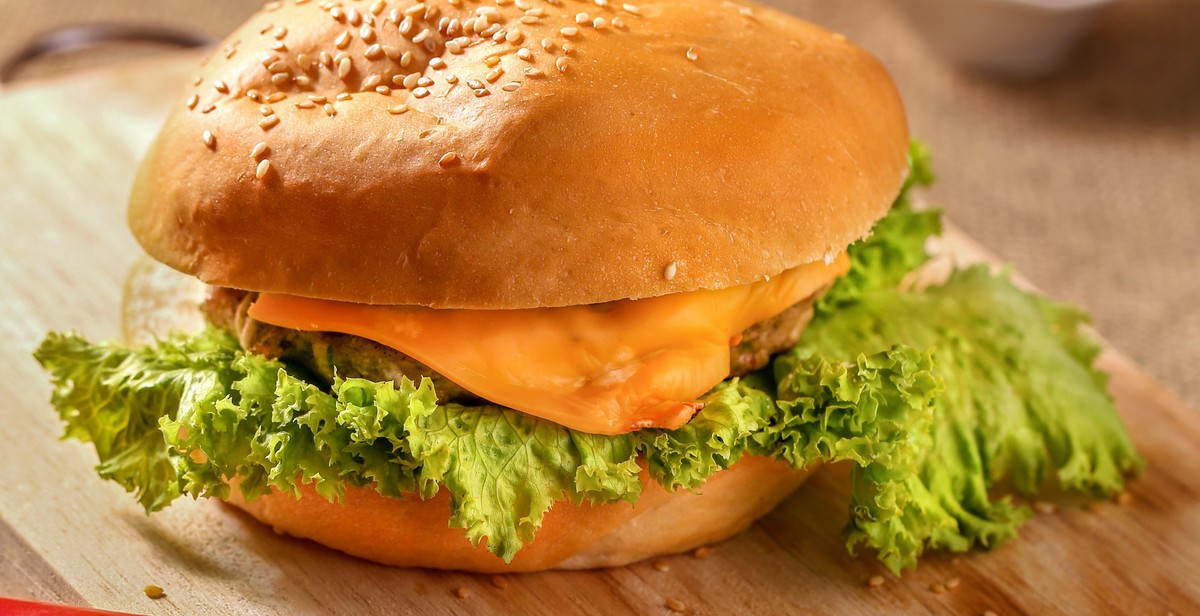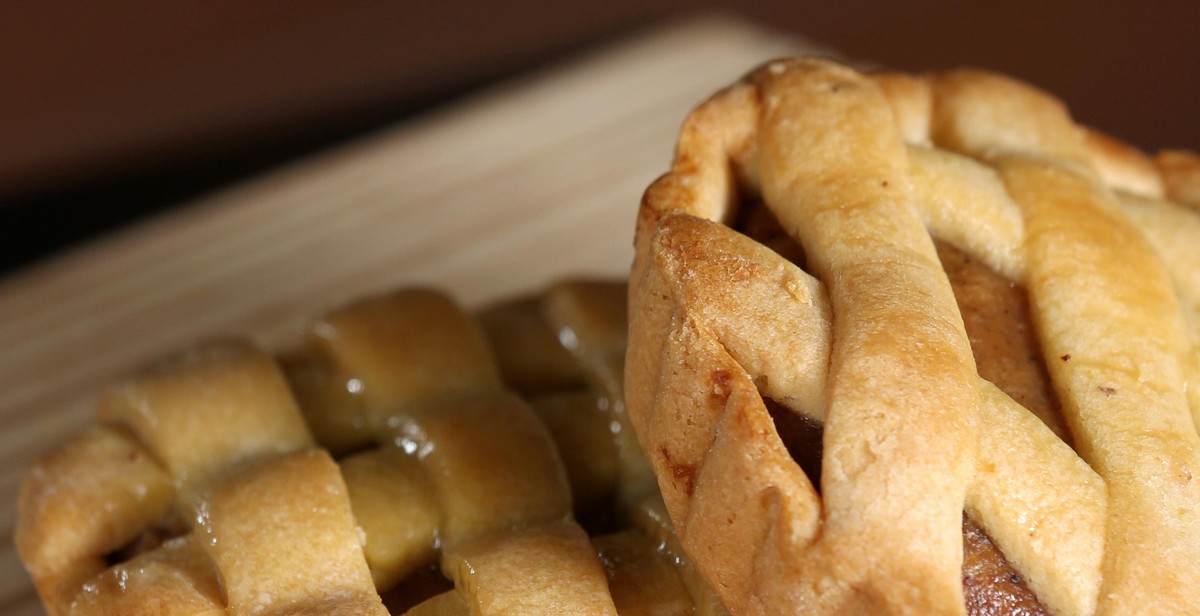How to Bake Perfectly Fluffy Homemade Bread
Bread is a staple food that is enjoyed by many people around the world. There is nothing quite like the taste and smell of freshly baked bread, especially when it is made at home. However, baking bread can be a daunting task for many, especially those who have never done it before. The good news is that with the right ingredients, tools, and techniques, anyone can bake perfectly fluffy homemade bread.
Ingredients
The first step in baking homemade bread is to gather all of the necessary ingredients. The basic ingredients for bread include flour, yeast, salt, and water. However, there are many variations of bread that require additional ingredients such as sugar, butter, eggs, and milk. It is important to use high-quality ingredients to ensure the best results.
Tools and Equipment
In addition to the ingredients, you will need certain tools and equipment to bake bread. These include a mixing bowl, measuring cups and spoons, a dough scraper, a bread knife, and a baking sheet or loaf pan. A stand mixer or bread machine can also be helpful, but they are not necessary.
Techniques
There are many techniques involved in baking bread, but the most important ones include mixing, kneading, proofing, and baking. Mixing and kneading the dough properly will ensure that the bread is soft and fluffy. Proofing the dough allows it to rise and develop flavor. Baking the bread at the right temperature and for the right amount of time will result in a perfectly golden crust and soft interior.
By following these tips and techniques, you can bake perfectly fluffy homemade bread that is sure to impress your family and friends.

Ingredients for Perfectly Fluffy Homemade Bread
Baking bread at home can be a rewarding and satisfying experience. To achieve perfectly fluffy homemade bread, you need to have the right ingredients. Here are the four essential ingredients that you will need:
1. Flour
The most important ingredient in bread making is flour. It provides the structure and texture of the bread. You can use all-purpose flour, bread flour, or whole wheat flour depending on your preference. Bread flour is the best choice as it has a higher protein content, which helps to create gluten and gives the bread its structure and texture.
2. Yeast
Yeast is a key ingredient in bread making as it helps the dough to rise. There are two types of yeast available – active dry yeast and instant yeast. Active dry yeast needs to be dissolved in warm water before use, while instant yeast can be added directly to the flour. Always check the expiration date of the yeast to ensure it is fresh.
3. Water
Water is an essential ingredient in bread making as it helps to activate the yeast and hydrate the flour. The temperature of the water is crucial as it affects the yeast’s activity. The ideal temperature for the water is between 105°F and 115°F, which is warm to the touch but not hot.
4. Salt
Salt is a crucial ingredient in bread making as it enhances the flavor of the bread. It also helps to regulate the yeast’s activity and strengthens the gluten structure, which results in a better texture. Use fine sea salt or kosher salt for best results.
| Ingredient | Function | Recommended Type |
|---|---|---|
| Flour | Provides structure and texture | Bread flour |
| Yeast | Helps the dough to rise | Instant yeast |
| Water | Activates the yeast and hydrates the flour | Warm water (105°F to 115°F) |
| Salt | Enhances flavor and strengthens gluten structure | Fine sea salt or kosher salt |
Now that you know the essential ingredients for making perfectly fluffy homemade bread, it’s time to start baking! Ensure that you measure the ingredients accurately and follow the recipe instructions carefully to achieve the best results.

Preparing the Dough
Baking homemade bread is a rewarding experience that requires patience and attention to detail. The key to making perfectly fluffy bread is in the preparation of the dough. Follow these steps to ensure your dough is mixed, kneaded, and risen correctly:
Mixing the Ingredients
The first step in preparing your dough is to mix the ingredients. In a large mixing bowl, combine flour, yeast, salt, and any other dry ingredients called for in your recipe. In a separate bowl, mix together warm water, honey, and oil or butter. Slowly pour the wet ingredients into the dry ingredients, stirring constantly until a rough dough forms.
Once all the ingredients are combined, turn the dough out onto a floured surface and knead it for several minutes until it becomes smooth and elastic.
Kneading the Dough
Kneading the dough is an important step in developing the gluten, which gives bread its structure and texture. To knead the dough, press it down with the heel of your hand, fold it in half, then rotate it a quarter turn and repeat the process. Continue kneading for 8-10 minutes until the dough becomes smooth and supple.
If you’re using a stand mixer, attach the dough hook and knead the dough on medium speed for 5-7 minutes.
Letting the Dough Rise
After the dough has been mixed and kneaded, it needs time to rise. Place the dough in a greased bowl, cover it with a damp cloth, and let it rest in a warm, draft-free place for 1-2 hours until it has doubled in size.
Alternatively, you can place the dough in the refrigerator for a slow rise overnight. This will give the dough time to develop more flavor and complexity.
Once the dough has risen, punch it down and shape it into loaves or rolls. Let it rise again for 30-60 minutes before baking.
By following these steps for mixing, kneading, and rising your dough, you’ll be well on your way to baking perfectly fluffy homemade bread.

Shaping and Baking the Bread
After the dough has finished its first rise, it’s time to shape it. Shaping the dough will give your bread its final form and structure. There are different ways to shape bread depending on the type of bread you are making. Here are some basic steps to follow:
Shaping the Dough
- Flour your work surface and turn out the dough.
- Pat the dough into a rectangle and fold the bottom third of the dough up and the top third down, like a letter. Pinch the seams together.
- Roll the dough into a log shape and pinch the seam together.
- Place the dough seam-side down in a greased loaf pan or on a baking sheet lined with parchment paper.
For round loaves or boules, shape the dough into a ball and place it on a baking sheet lined with parchment paper. You can also place the ball of dough into a floured proofing basket or a mixing bowl lined with a floured tea towel. This will give your bread a nice round shape and help it rise evenly.
Second Rise
After shaping the dough, it’s time for the second rise. This will give your bread a final boost before baking. Cover the dough with a clean tea towel or plastic wrap and let it rise in a warm, draft-free place for 30-60 minutes, or until it has doubled in size.
Baking the Bread
Preheat your oven to 375°F (190°C). If you want a crusty bread, you can place a shallow pan of water on the bottom of the oven to create steam. This will help your bread develop a crispy crust.
Before baking, you can score the top of the bread with a sharp knife or razor blade. This will allow the bread to expand as it bakes and give it a nice visual appeal.
Bake the bread for 30-40 minutes, or until it is golden brown and sounds hollow when tapped on the bottom. Remove the bread from the oven and let it cool on a wire rack for at least 30 minutes before slicing.
Enjoy your freshly baked homemade bread!

Tips for Perfectly Fluffy Bread
Nothing beats the smell and taste of freshly baked bread, especially when it’s perfectly fluffy and light. Here are some tips to help you achieve that ideal texture:
Use High-Quality Ingredients
The quality of your ingredients plays a significant role in the texture of your bread. Always use high-quality flour, yeast, salt, and water. Avoid using old or expired ingredients, as they can affect the bread’s texture and flavor.
Knead the Dough Thoroughly
Kneading the dough is essential to develop gluten, which is responsible for the bread’s structure and texture. Knead the dough until it becomes smooth and elastic. You can use a stand mixer or knead by hand for about 10-15 minutes.
Let the Dough Rise in a Warm Place
After kneading, let the dough rise in a warm, draft-free place until it doubles in size. This process allows the yeast to ferment and produce carbon dioxide, which makes the bread fluffy. The ideal temperature for rising is between 75-80°F (24-27°C).
Don’t Overbake the Bread
Overbaking can make the bread dry and dense. To avoid this, check the bread’s internal temperature using a thermometer. The ideal temperature for bread is between 190-210°F (88-99°C). Once it reaches that temperature, remove it from the oven and let it cool before slicing.
| Ingredient | Amount |
|---|---|
| Flour | 3 cups |
| Yeast | 2 1/4 tsp |
| Salt | 1 tsp |
| Water | 1 1/4 cups |
By following these tips and using the recipe above, you can make perfectly fluffy and delicious homemade bread every time!
